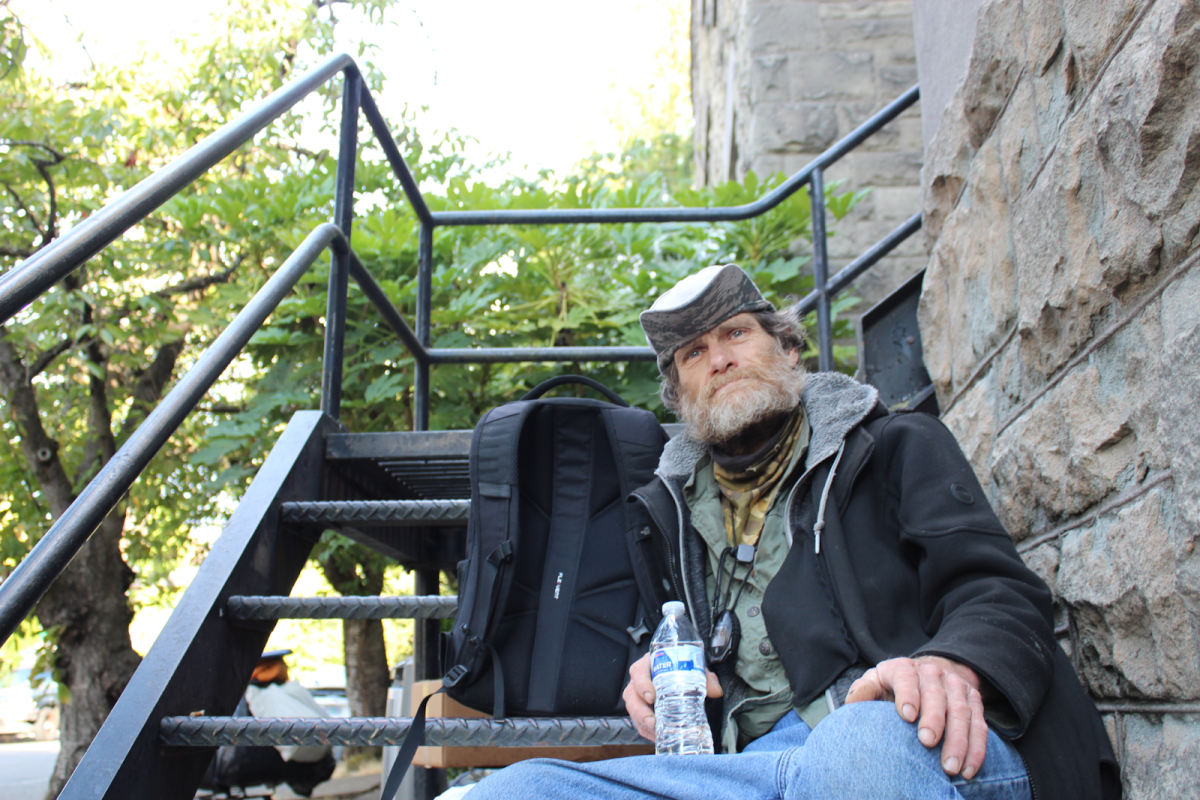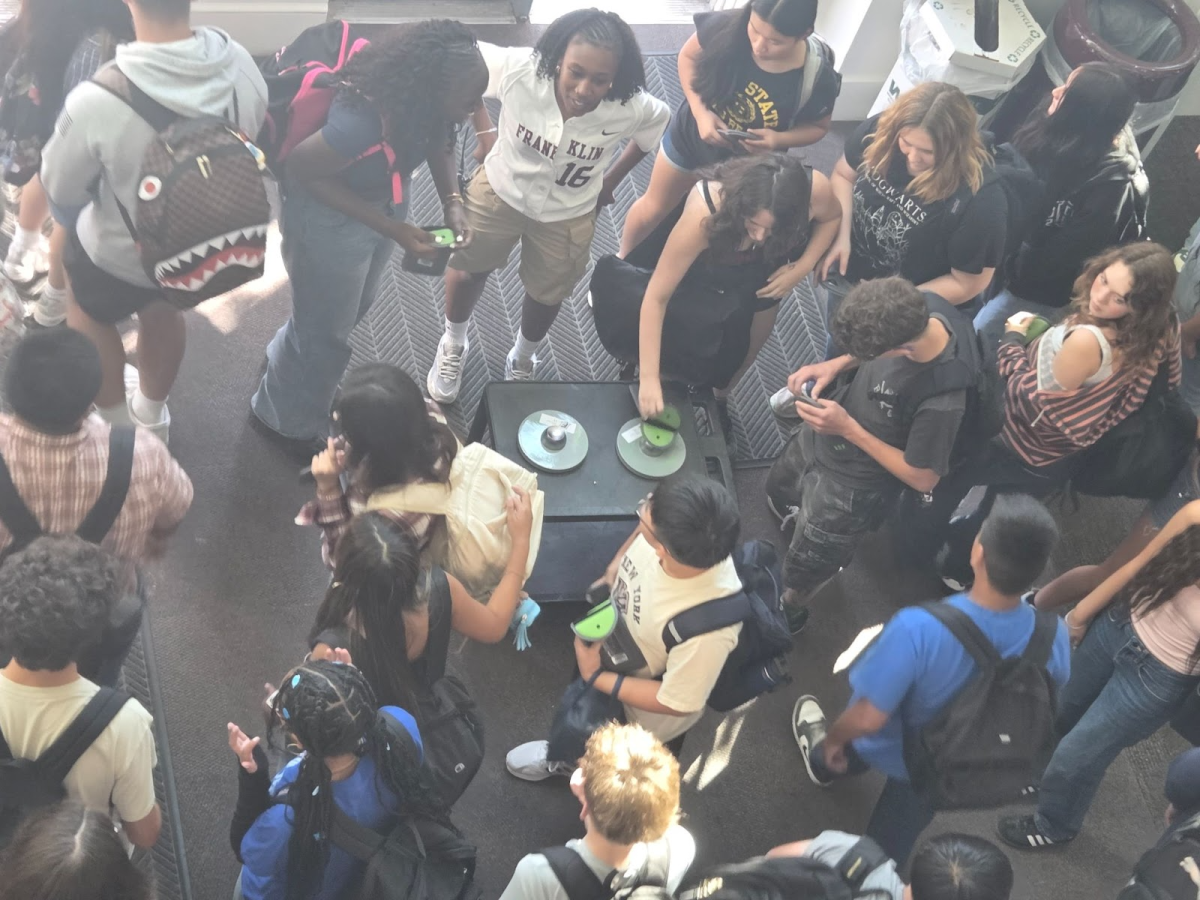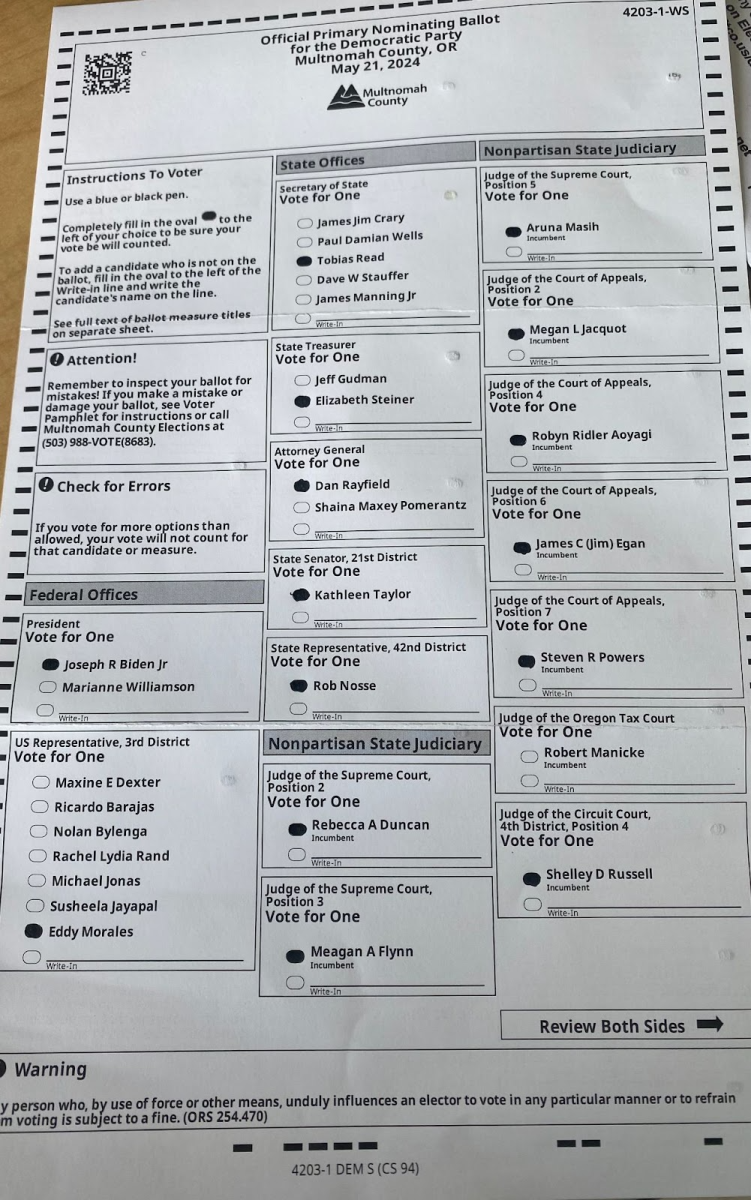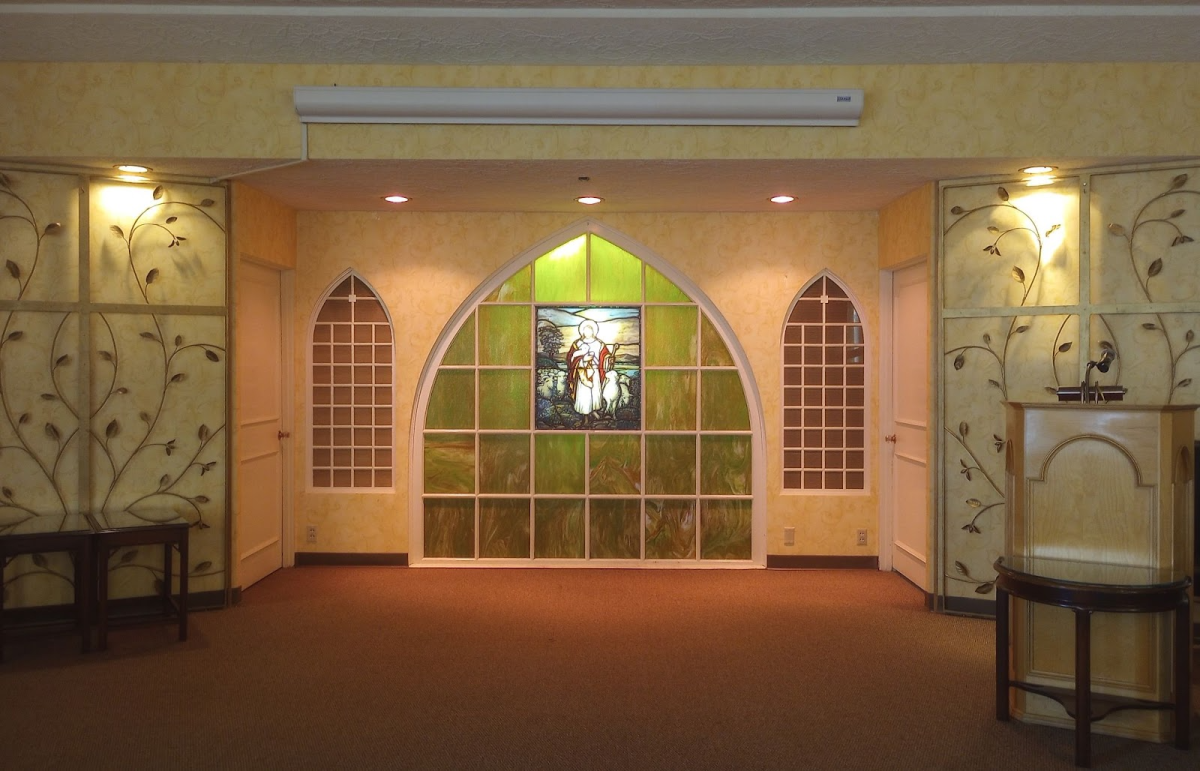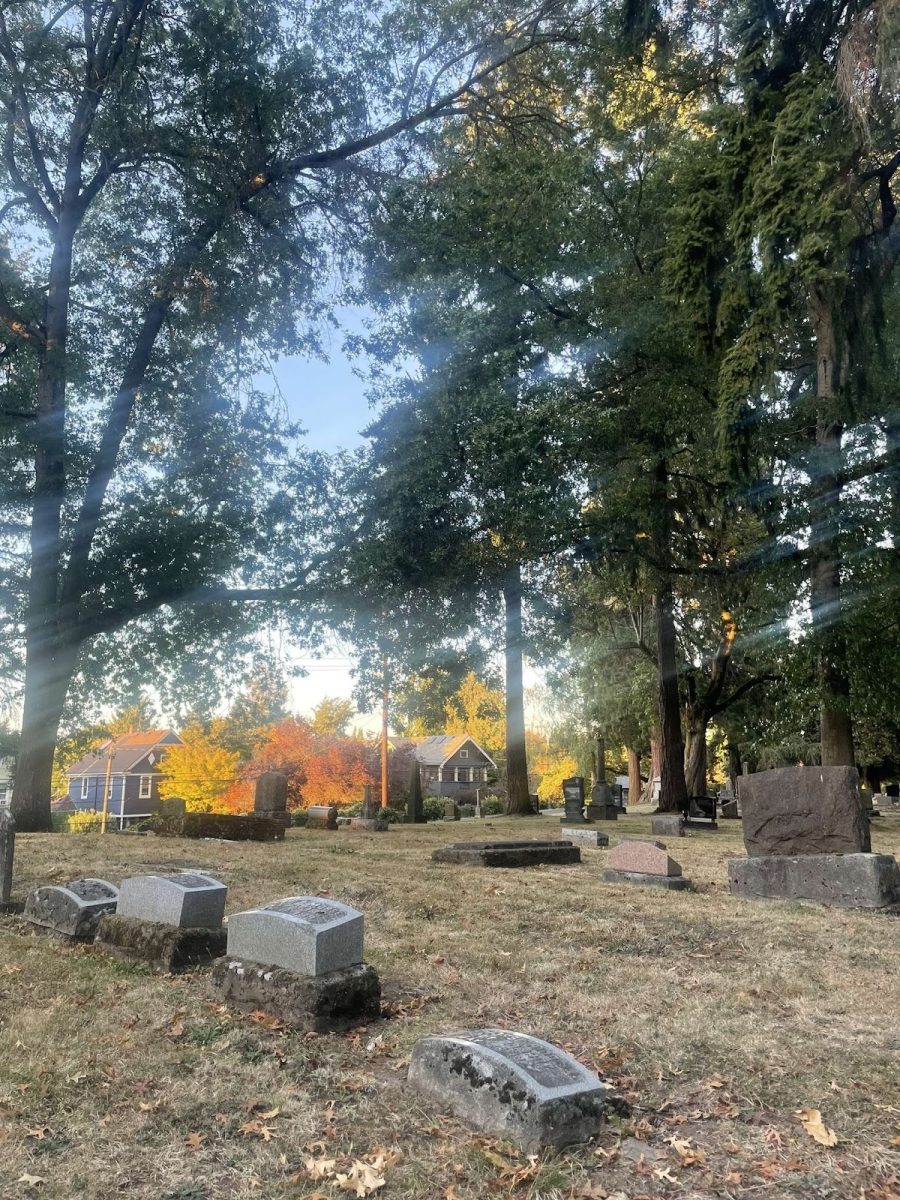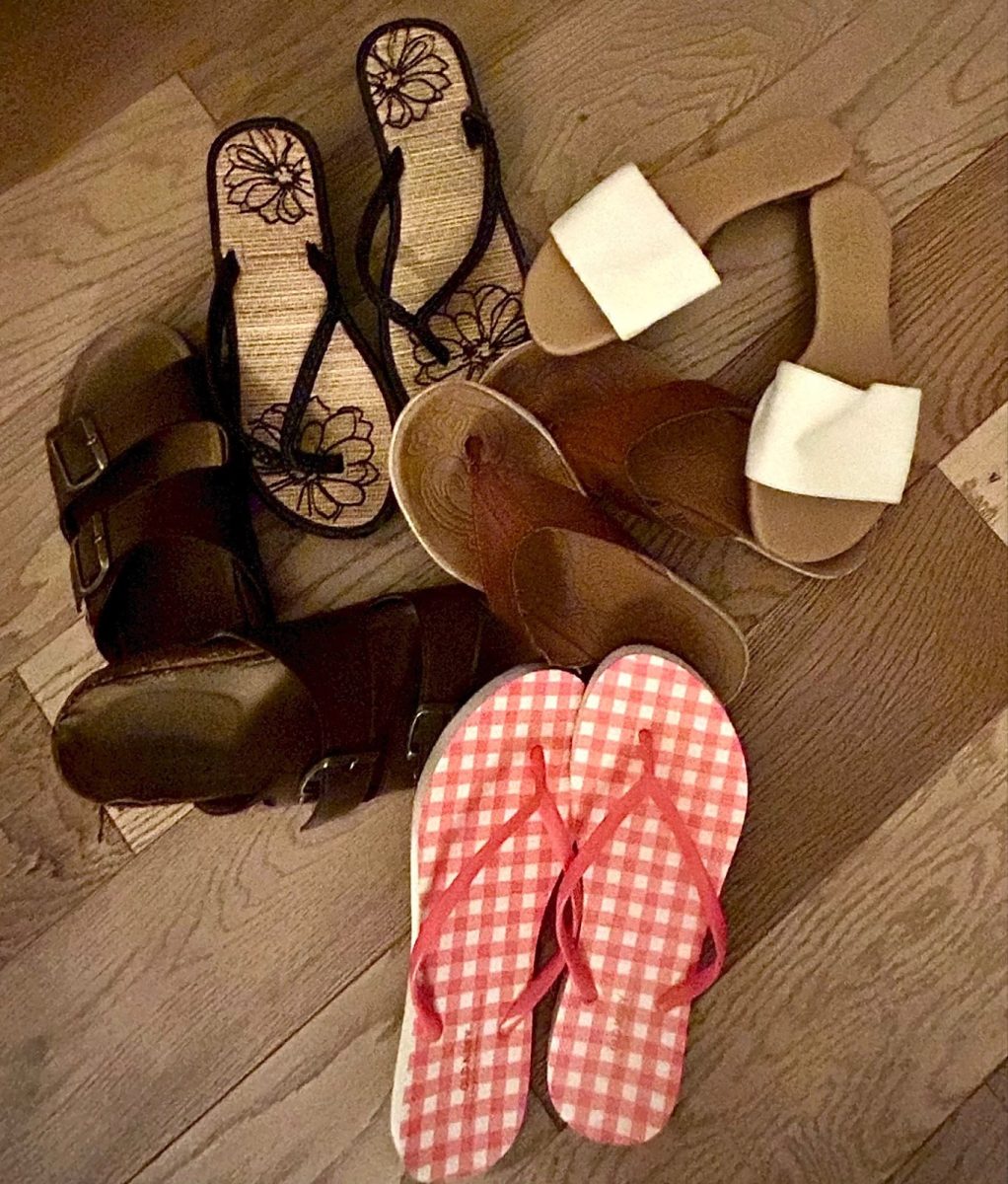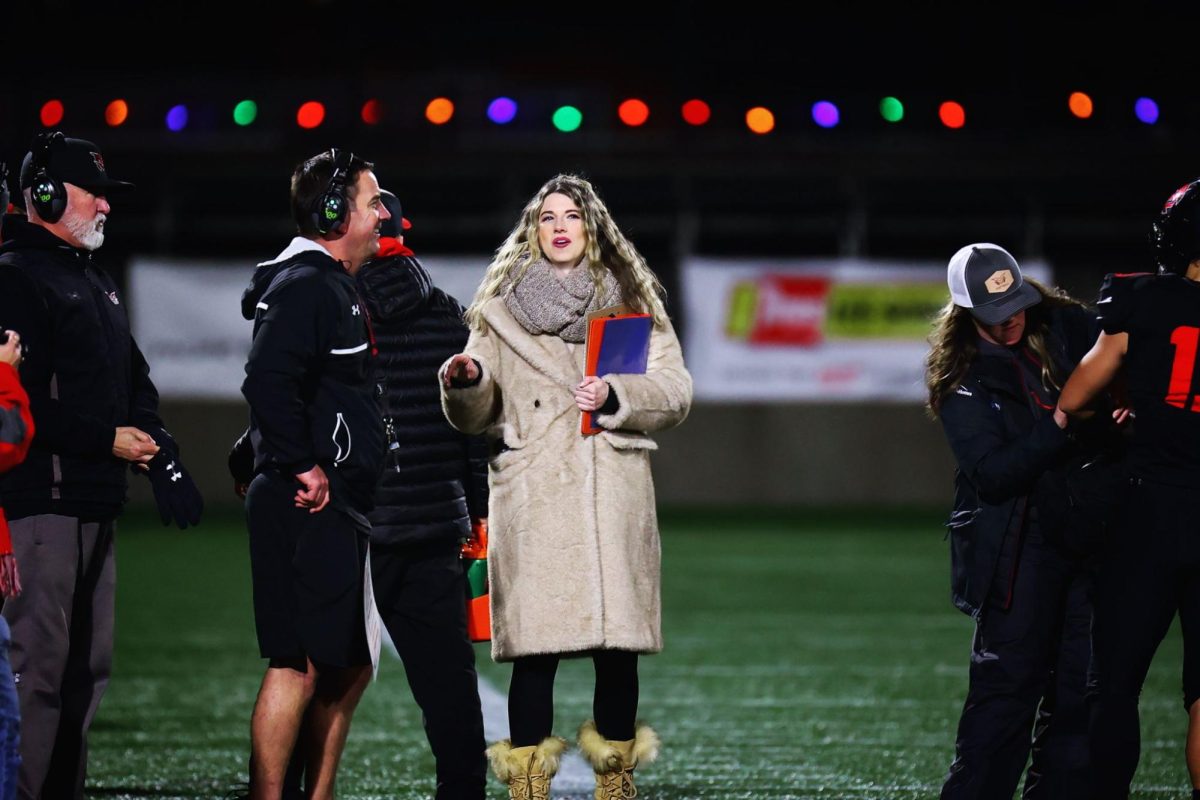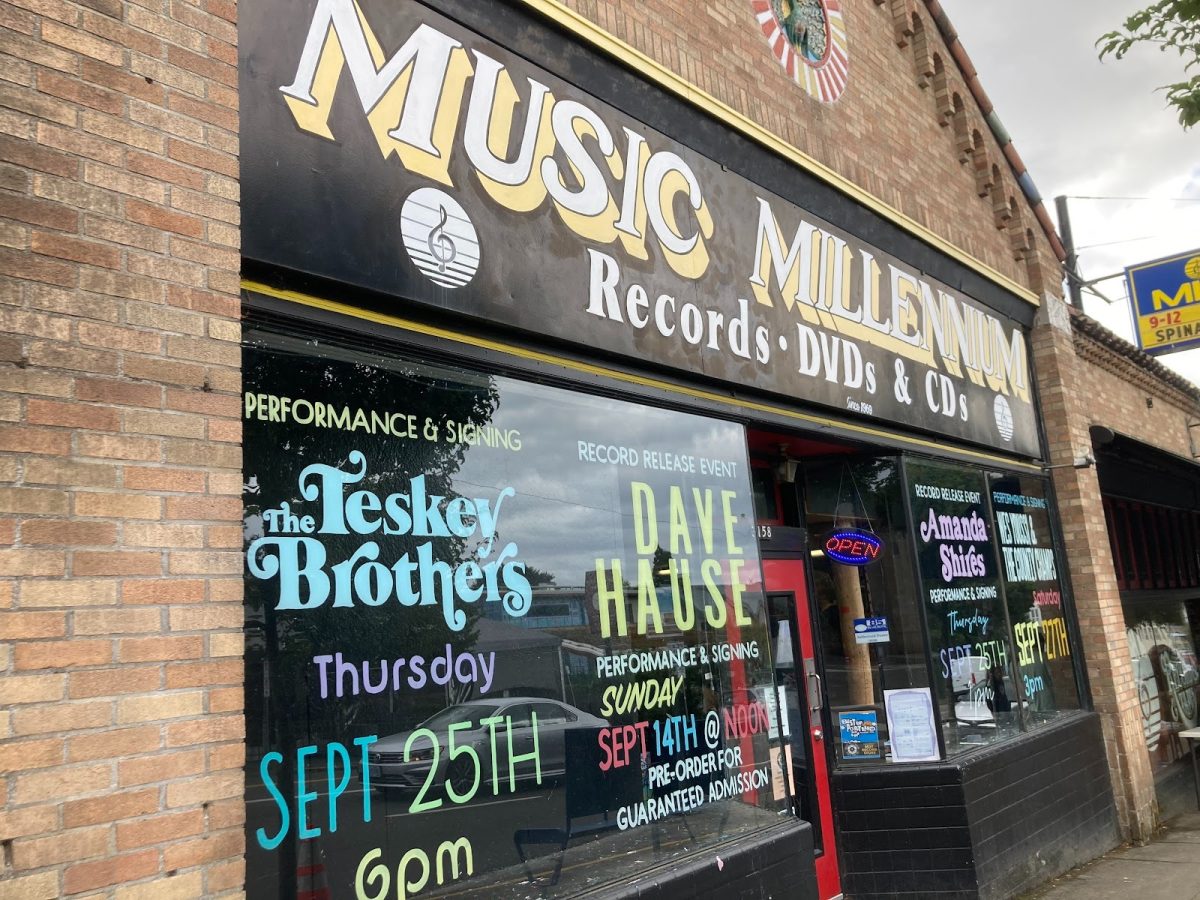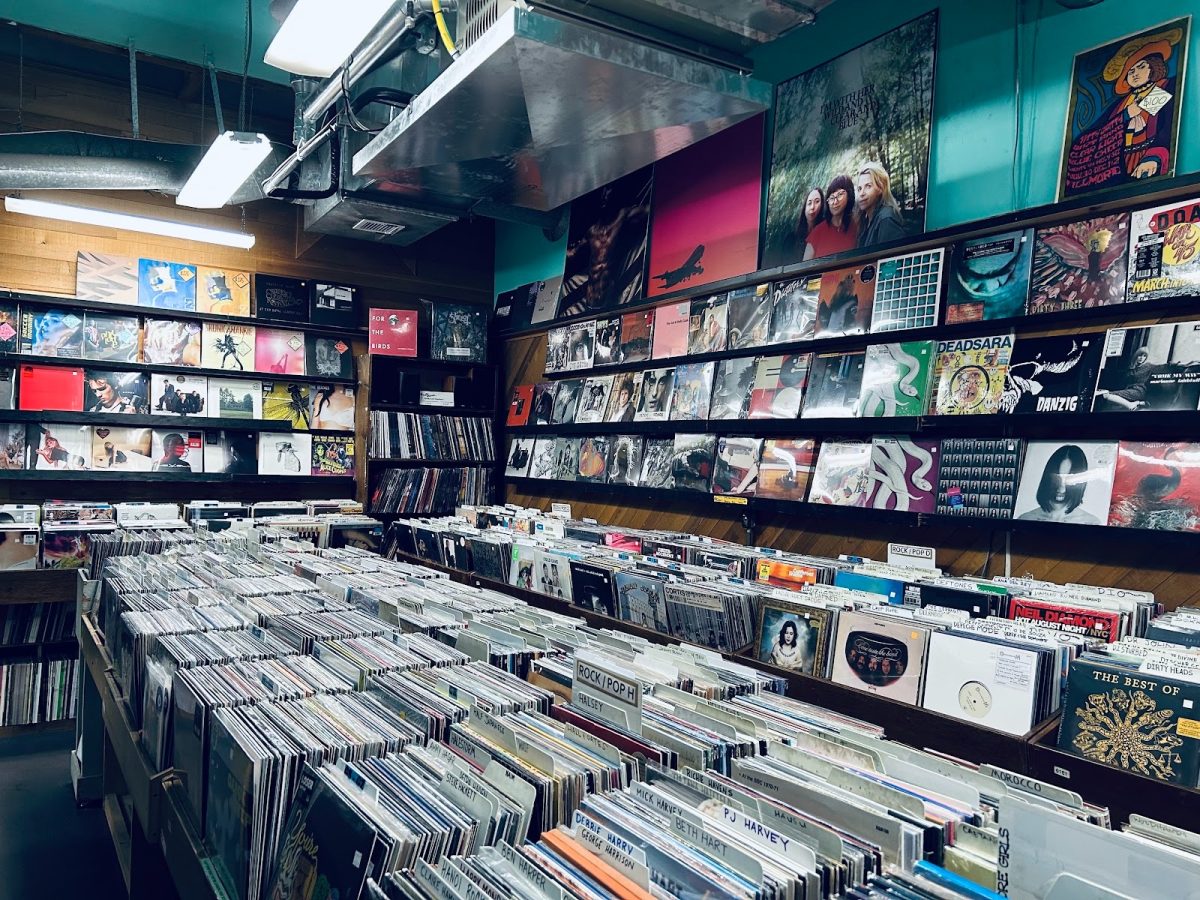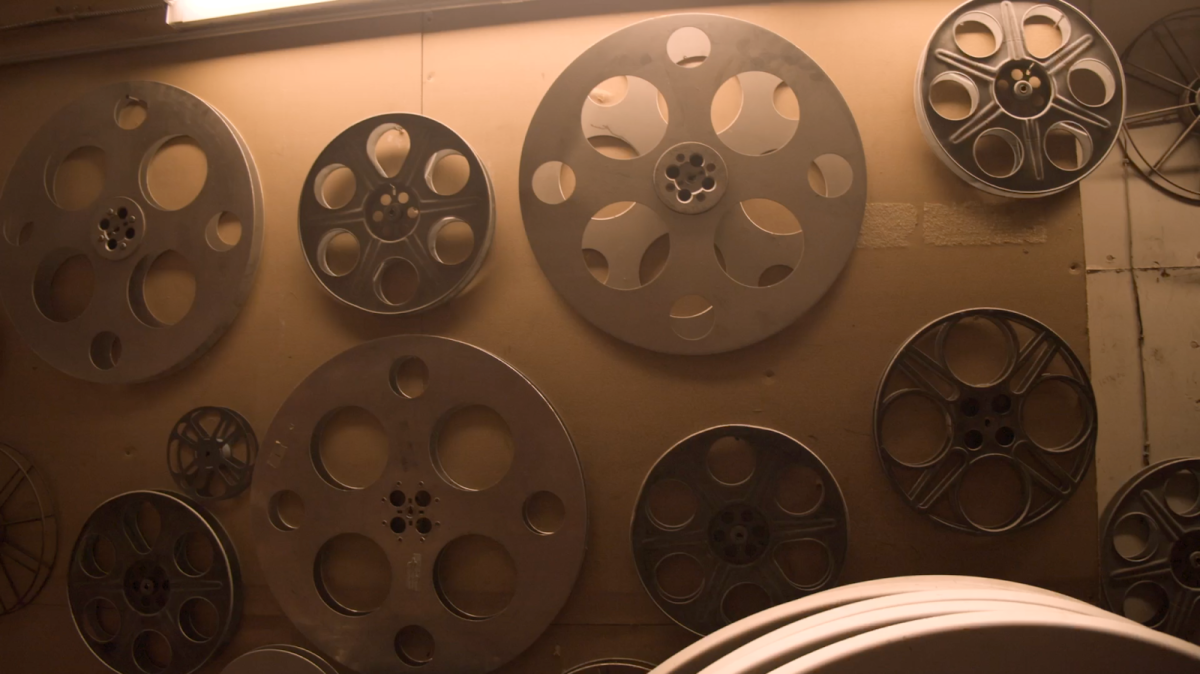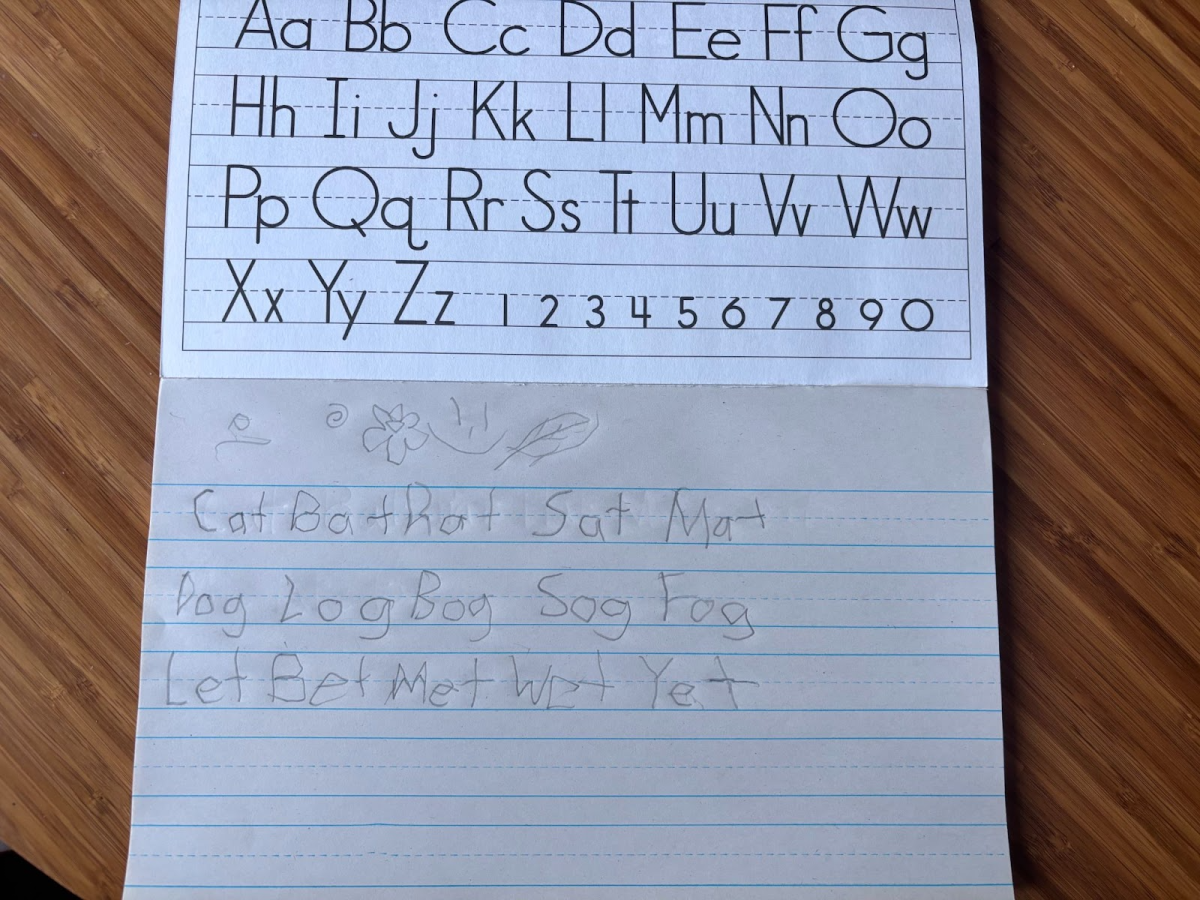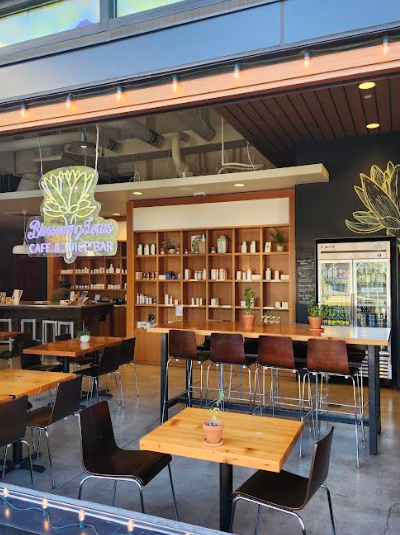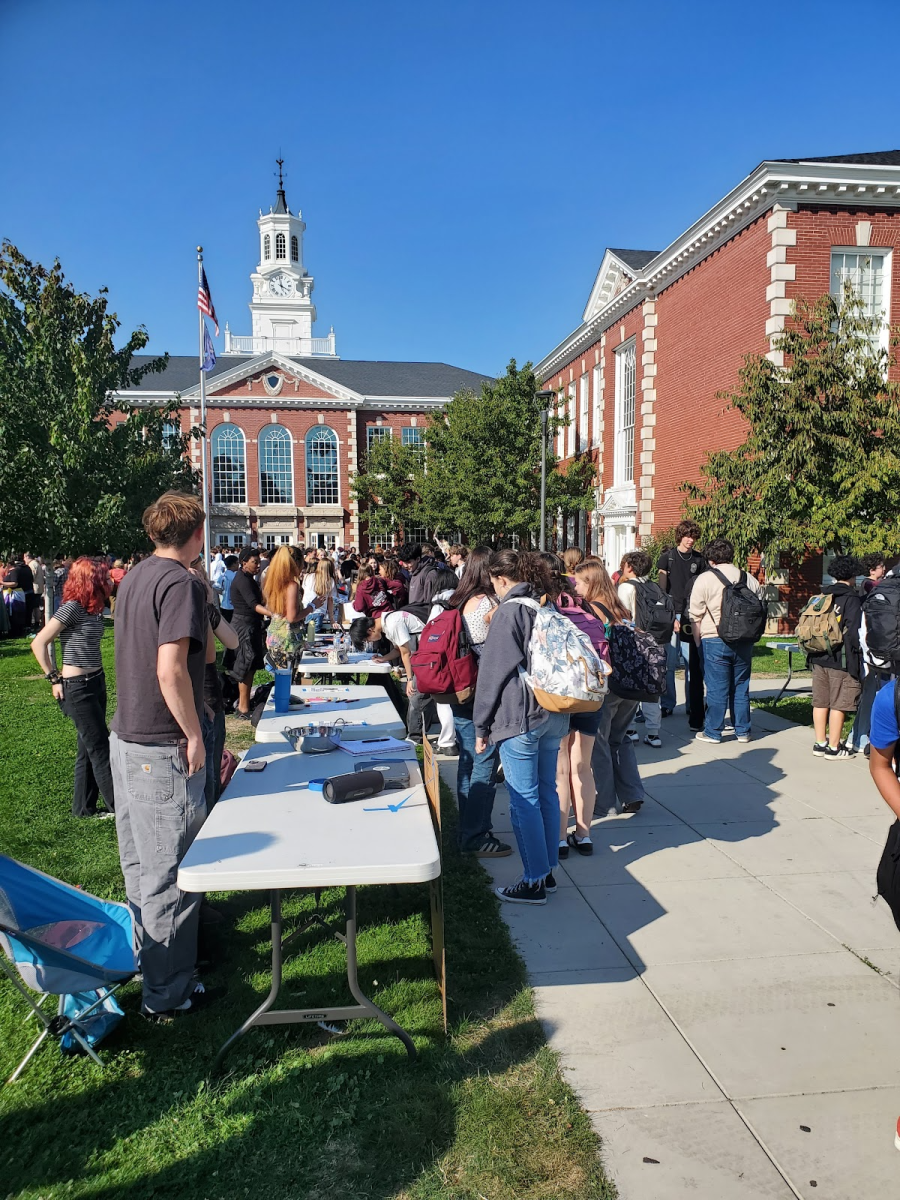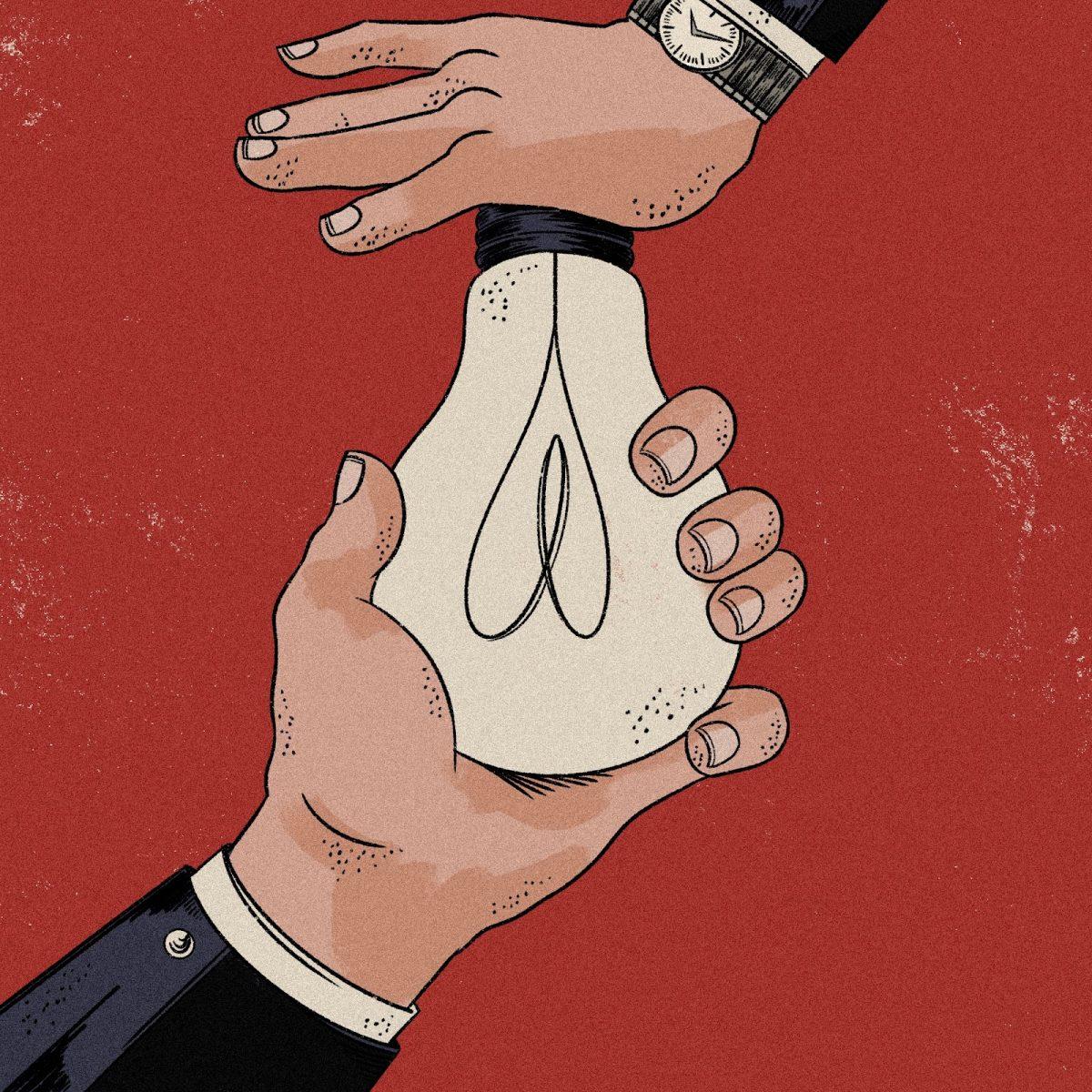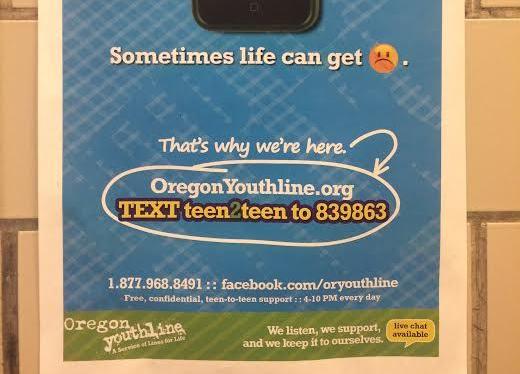
13 Reasons Why, a Netflix original series, debuted on March 31, and along with it came a lot of controversy. The show is based off of the book with the same title, written by Jay Asher. It details a year in the life of high school junior Hannah Baker. More specifically, it explores the thirteen reasons why she decides to kill herself, hence the title of the series. Through the thirteen episodes, viewers watch Hannah get bullied, stalked, raped, and finally commit suicide. Below are eight reasons why we, as two teenage girls, believe that Thirteen Reasons Why is harmful, triggering, and should not be celebrated.
Triggering for suicide
The show appeals to a largely adolescent audience, which happens to be the age group in which mental illnesses like anxiety and depression begin to develop. Because Thirteen Reasons Why includes a very graphic scene depicting a suicide, it can be very triggering for viewers who have have attempted suicide, know someone who has attempted suicide, or have had suicidal thoughts. While many claim that the very real depiction of Hannah’s death is what makes the show powerful, the explicit scene is too triggering for those battling real mental health issues. It is essential that shows and books about suicide exist, but they don’t need to be as triggering as 13 Reasons Why. There is a fine line between romanticizing suicide, brushing over it as a quick and painless act, and depicting it too graphically. Emily Moser is a manager for YouthLine, a non profit organization where teens can talk with teens to combat mental illness among adolescents. “The suicide scene in 13 Reasons Why is violent, it’s graphic—I mean, it’s sort of a how-to,” she said. It could be perceived as sending the message that suicide is an okay route to take and it causes viewers to return to dark and traumatizing memories that could potentially be dangerous and life threatening. Moser has seen the effects of the show on youth and believes that there need to be more trigger warnings. Although the last few episodes featured content warnings, Moser thinks that didn’t suffice. “I feel like there should have been that type of warning at the beginning of every episode, with resource information, and at the very least, the national suicide hotline number,” she explained.
Triggering for rape
Rape is a very prominent issue in society, and while it needs to be discussed, Thirteen Reasons Why brought the subject to light in a potentially damaging and harmful way. The show depicts rape through two very graphic scenes, both set at high school parties. Viewers watch Bryce, a popular senior and recurring character, rape two high school girls, Hannah being one of them. Survivors of sexual assault could find these scenes to be very triggering and harmful due to post traumatic stress disorder (PTSD) and flashbacks. The highest leading cause for PTSD is sexual assault, and by including these graphic portrayals of such a horrifying act the show disregards the harmful effect they could have on viewers.
Paints suicide as a revenge tactic
Because the show follows the format of the thirteen tapes, each one explaining how a different person contributed to Hannah’s suicide, it paints the idea in viewers minds that suicide is an effective revenge tactic, or a suitable way to express anger. Doing this makes Hannah’s death seem justified—it allows viewers to think that if someone wrongs them, they can get back at them by killing themselves. This is a toxic notion that doesn’t hold much truth. Promoting the idea that someone can resolve their issues with another person through suicide is a dangerous message to send. A vengeful mindset can be contagious, and because of the pain that Hannah caused with her suicide, viewers could get the idea that their suicide would have the same effect.
Doesn’t address underlying mental illnesses
Hannah Baker’s suicide is attributed completely to external events—never once is an underlying mental health issue addressed. Hannah did go through a lot of trauma during the year outlined in the story, but her suicide appears to be completely chalked up to external issues. It is reasonable to assume that Hannah was depressed, and possibly had other underlying mental issues. The show boasts that it makes great strides to bring awareness to mental health. However, it never addresses the actual challenges a person with anxiety or depression might face.
Promotes the idea that reaching out doesn’t work
In the last episode of season one, it was revealed that Hannah tried to reach out to her school’s guidance counselor, Mr. Porter, the day that she committed suicide. He didn’t take her pleas for help seriously, and when she reported that she was raped, he claimed that he couldn’t help her unless she gave him the name of the person who assaulted her. Hesitant to further her social isolation by giving the name of the popular senior who raped her, Hannah refused.
Mr. Porter’s handling of the situation was not only irresponsible, it was illegal. School guidance counselors, teachers, and administration are all mandatory reporters, meaning that if a student tells them that they are engaging in self harm or thinking of suicide, the school employee is required to report it in order to get the student help. Mr. Porter wasn’t just ignorant, he didn’t do his job. Even the most indolent of high school guidance counselors would be unlikely to ignore Hannah’s blatant pleas for help. This depiction of ignorance could potentially lead suicidal viewers to the conclusion that reaching out for help is a fruitless act. Moser emphasized the importance of persistence when one is looking for help. Even if the first person one speaks to isn’t helpful, that doesn’t mean the second or third won’t be. “[The show] doesn’t give young people the opportunity to realize that there are options other than suicide,” Moser said. In the show, Hannah left the interaction defeated—it was the last straw before she made the final decision to end her life. Had the creators of the show made Mr. Porter into a more helpful character, it might have encouraged viewers to seek help from their own school guidance counselors and authority figures.
Sensationalizes suicide
There is no denying that it would be extremely difficult to make a show about suicide without some aspect of sensationalism. By turning the book into a show to be streamed on Netflix, it was almost inevitable. Considering the sensitive subject matter, however, this doesn’t excuse it. 13 Reasons Why was Netflix’s most popular show for a portion of April. It has been watched by viewers of all ages, and especially by those most at risk for suicide—teenagers. The show had a responsibility to depict suicide accurately and sensitively, and it did neither. The creators of the show have claimed that the show was made to help raise awareness around suicide, but it comes across as more of a teen drama with a tragic end—nothing more than bingeable entertainment. Beyond that, despite the fact that Hannah died in episode 13, the show has been renewed for a second season. By then, the tapes will be finished; Hannah gone. Hannah’s suicide was just used as a means for entertainment, a cliffhanger that leads into the next plotline of the show.
Promotes the idea that true love can stop suicide
The eleventh episode of the show is Clay’s tape—the part he played in her suicide. While the other twelve people on the tapes were included for fairly valid reasons, Clay should not have been involved. He was kind to Hannah throughout the entire show. Her reasoning behind including him on the tapes was that he hadn’t been bold enough in their interactions (throughout the show they had each shyly harbored crushes on one another). At one point, Clay and Hannah had begun to hook up, and she told him to leave, which he did. She explained on the tape that she wished he hadn’t. This is sending the message that girls don’t actually always mean “stop,” when they say it—a dangerous idea to be pushing on impressionable teens.
Clay became convinced that had he not been afraid to love Hannah, he would have saved her life. The notion that the love of one person can prevent someone from suicide is unrealistic and unhealthy. At the end of season one, Clay shared this fear with Mr. Porter, who disputed it, but with the audience just having seen Mr. Porter mishandle Hannah’s situation so blatantly, it is hard to take anything he said seriously.
Glorifies suicide
Before Hannah killed herself she was a fairly unpopular member of her high school—she often went unnoticed, and when she was noticed, it wasn’t in a positive light. The pilot opens with a scene of Hannah’s decorated locker, and the student body performing (somewhat artificial, in some cases) displays of grief. For teens who feel silenced or unnoticed by their peers, this could come across as a perk of committing suicide: people will acknowledge them and feel bad for all the wrongs they caused. When engaging in this this pattern of thought it is important to remember that suicide is final. One can’t look back and see the turmoil they caused by killing themselves. They are gone forever.
13 Reasons Why did not portray accurate information for viewers struggling with mental health issues. If you are feeling suicidal, there are many resources available to you. Despite the mixed messages the show portrays, ending your life is never the answer. Visit Oregonyouthline.org for more information, or call the suicide hotline (1-800-273-8255) if you are in need of help.
